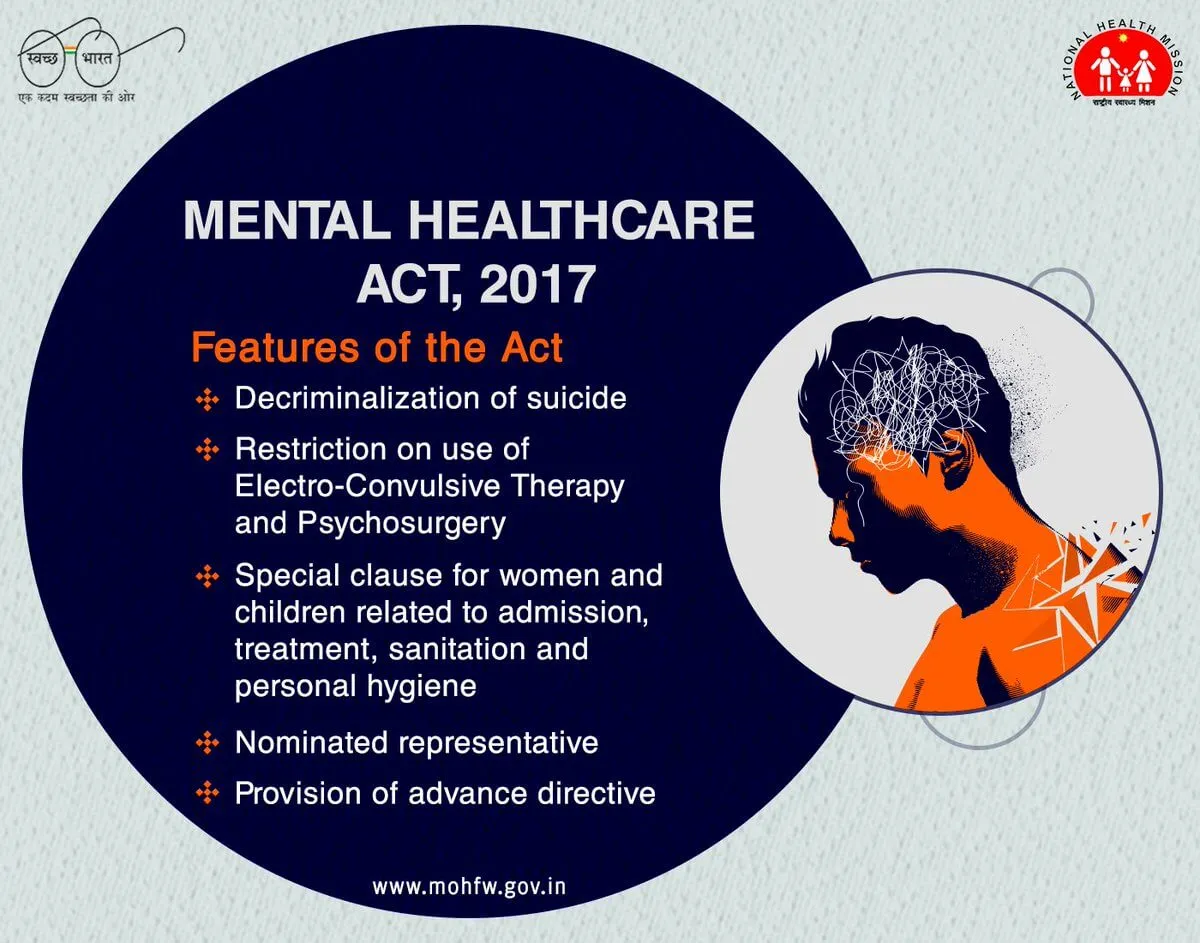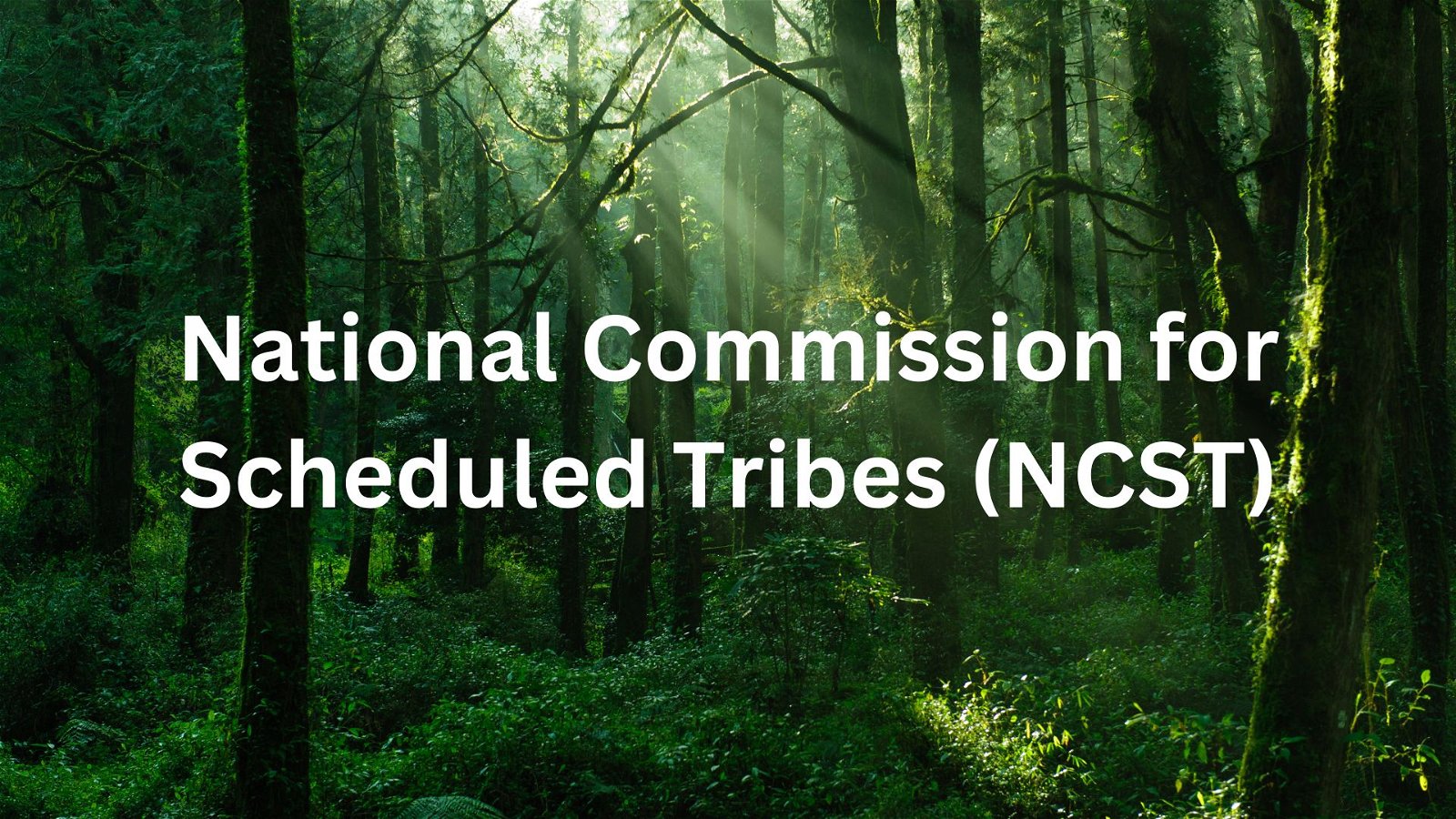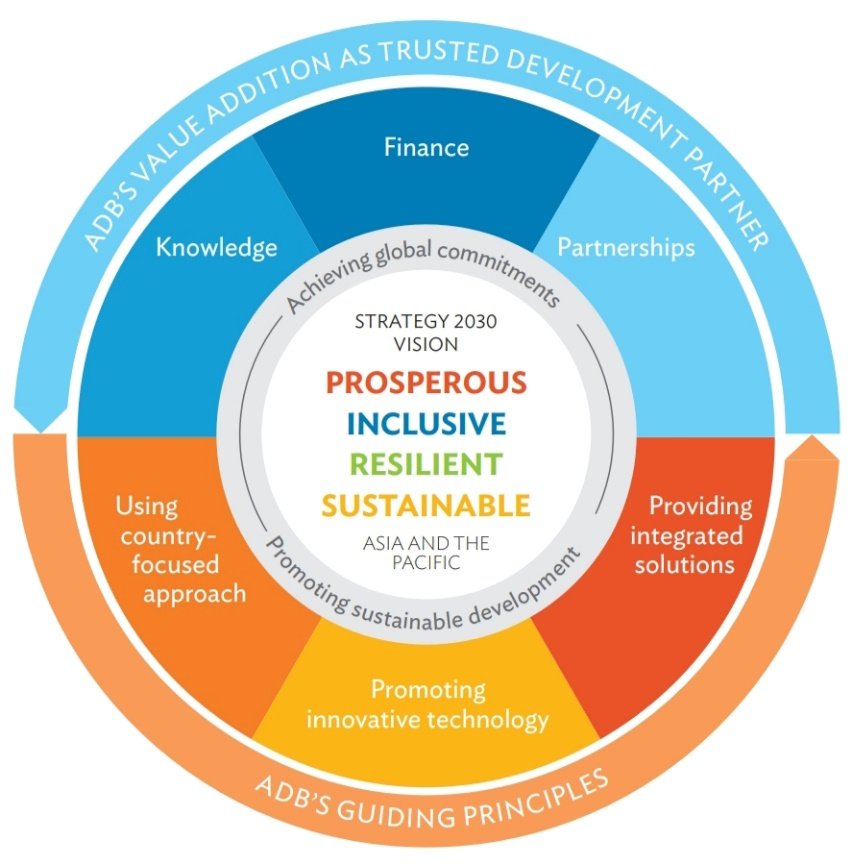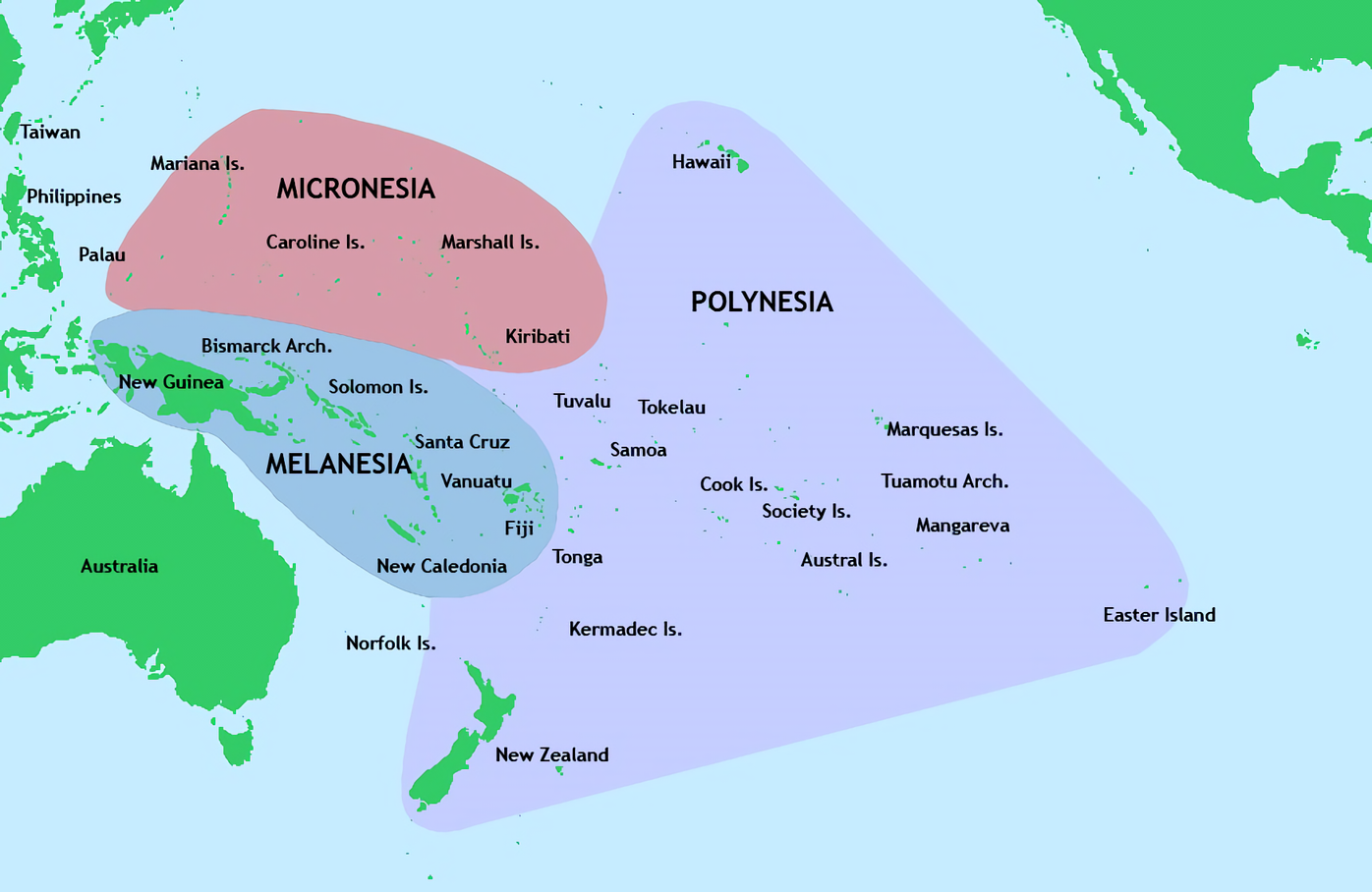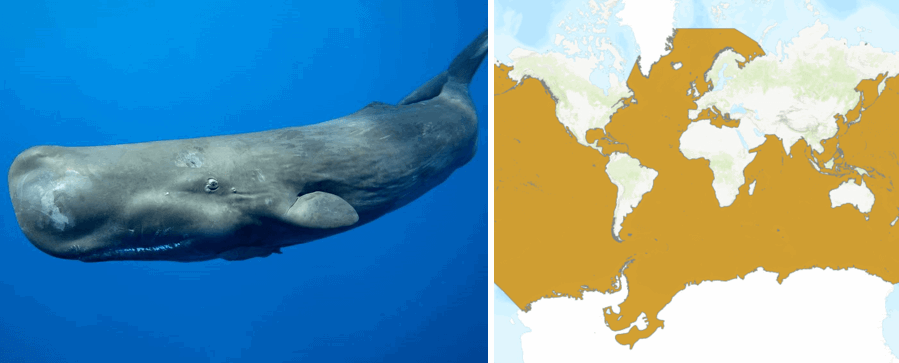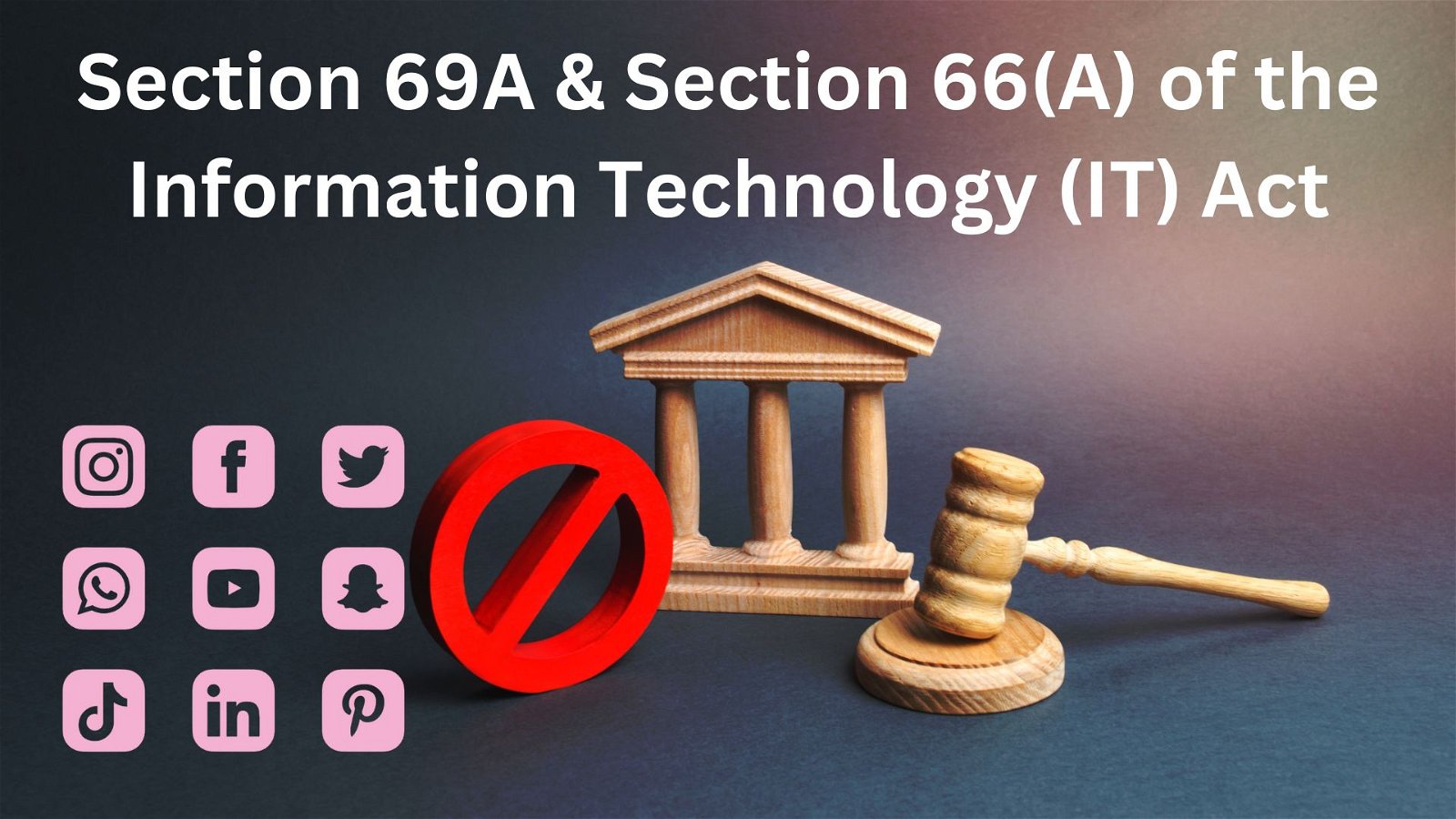
Current Affairs July 05, 2023: Dharma Chakra Parivartan Divas, Alluri Sitarama Raju, Shanghai Cooperation Organisation (SCO)
Subscribers of "Current Affairs" course can Download Daily Current Affairs in PDF/DOC
Subscribe to Never Miss an Important Update! Assured Discounts on New Products!
Must Join PMF IAS Telegram Channel & PMF IAS History Telegram Channel
{GS1 – A&C – Religion} Dharma Chakra Parivartan Divas
- Context (PIB): During Dharma Chakra Pravartana Divas celebrations, the President of India emphasised the significance of Lord Buddha’s Three Teachings: Sheel, Sadhachar, and Pragya.
- Ministry of Culture, in partnership with International Buddhist Confederation (IBC), celebrated Asadha Poornima as Dharma Chakra Day.
- The auspicious day of Asadha Poornima falls on the first full moon day of the month of Asadha as per the Indian sun calendar.
- It is the second most sacred day for Buddhists after the Buddha Poornima or Vesak.
- On this day, at Deer Park (Ṛiṣipatana) at Sarnath, near Varanasi, Buddha delivered his first teaching to his initial five ascetic disciples (pañcavargika) following his attainment of Enlightenment.
- This significant discourse, known as the Dhamma Cakka Pavattana Sutta (in Pali) or Dharma chakra Pravartana Sutra (in Sanskrit), is referred to as the First Turning of the Wheels of Dharma.
- It encompasses the profound teachings of the Four Noble Truths and the Noble Eightfold Path.
- Coinciding with this day, the Rainy Season retreat (Varsha Vassa) for Monks and Nuns commences, lasting for three lunar months from July to October in which practitioners remain in temples (Viharas/Chaityas), dedicated to deepening their practice through intensive meditation.
Guru Purnima
|
Four Aspects of Dukkha and the Noble Eightfold Path
1) Dukkha (Suffering or Not Being at Ease)
- Dukkha is an inherent characteristic of existence in the realm of samsara (world).
- It can be understood as a state of unease or suffering.
2) Samudaya (Origin and Cause)
- Samudaya refers to the simultaneous arising of dukkha and taṇhā.
- Taṇhā represents craving, desire, or attachment.
- Taṇhā is often interpreted as the cause of physical and emotional suffering.
3) Nirodha (Cessation and Ending)
- Nirodha signifies the cessation or containment of dukkha.
- Dukkha can be ended or confined through renouncement or letting go of taṇhā.
4) Marga (Path: Noble Eightfold Path)
- The Noble Eightfold Path is a set of eight principles guiding individuals towards liberation from suffering (containment of taṇhā and dukkha). The eight principles are:
- Right View: Understanding the nature of existence, the Four Noble Truths, and the law of cause and effect (karma).
- Right Intention: Cultivating wholesome intentions and attitudes, such as renunciation, goodwill, and harmlessness.
- Right Speech: Practicing truthful, kind, and beneficial speech while abstaining from false, harmful, or divisive speech.
- Right Action: Engaging in ethical behaviour by refraining from harming others, stealing, and engaging in sexual misconduct.
- Right Livelihood: Choosing an occupation or means of livelihood that is honest, non-exploitative, and aligned with the principles of Buddhism.
- Right Effort: Making diligent and persistent efforts to cultivate wholesome qualities, abandon unwholesome tendencies, and maintain a balanced state of mind.
- Right Mindfulness: Developing moment-to-moment awareness of one’s body, feelings, thoughts, and phenomena with non-judgmental and non-reactive attention.
- Right Concentration: Cultivating an undistracted state of mind through meditation.
{GS1 – MIH – Personalities} Alluri Sitarama Raju
- Context (PIB): The 125th birth anniversary of Alluri Sitarama Raju is being observed.
- Sitarama Raju was born on July 4, 1897, into a middle-class family in a village near Visakhapatnam.
- The 4th of July, the individual’s birth date, is celebrated as a state festival of Andhra Pradesh.
- He was a sanyasi and a firm believer in justice who waged many battles against unlawful British policies.
- Sitarama Raju, under the influence of Gandhiji’s Non-cooperation movement, inspired the tribals to seek justice in the local panchayat courts and boycott the colonial courts.
Rampa Rebellion (1922 to 1924)
- In 1882, the British government introduced the Madras Forest Act,1882, which prohibited the traditional shifting cultivation practice known as Podu cultivation.
- This act compelled villagers to cultivate specific crops and imposed strict restrictions on their movement within forest areas.
- Alluri Seetarama Raju led the renowned Rampa Rebellion or Manyam Rebellion (1922 to 1924) in the Visakhapatnam-Godavari agency region of the former Madras Presidency.
- Seetarama Raju employed guerilla tactics during the rebellion.
- He fought against the British using traditional weapons like bows, arrows, and spears.
- He also established effective means of communication among the rebels by using whistles and drums.
- After an intense struggle spanning almost two years, he was apprehended by the British in the Chintapalli forests. He was subsequently executed by a firing squad at 27.
{GS2 – Health – Issues} Antimicrobial Resistance (AMR)
- Context (TH): Cefepime/zidebactam, an Indian antibiotic showing promising results against Extensively Drug-Resistant Pseudomonas aeruginosa, a highly drug-resistant infection.
Pseudomonas aeruginosa
- Pseudomonas aeruginosa is a gram-negative bacterium that is associated with many infections acquired in hospitals. It is widely distributed in the environment.
|
What is Antimicrobial Resistance (AMR)?
- Antimicrobials include antibiotics, antiviral, antifungal & anti-parasitic medication.
- Antimicrobial resistance is defined as a microorganism’s resistance to an antimicrobial drug that was once able to treat an infection by that microorganism.
- For example, in Multi-Drug Resistant TB (MDR-TB), the TB bacteria are resistant to two of the essential TB drugs, isoniazid (INH) and rifampicin (RMP).
Causative Factors behind AMR
- Microorganisms can develop resistance and become Superbugs mainly in two ways:
- Intrinsic resistance: refers to the inherent resistance of certain bacteria to specific antibiotics.
- Acquired resistance: refers to the resistance developed in bacteria due to genetic mutation.
Causes behind Acquired Antimicrobial Resistance
- Overuse and improper use of antimicrobials.
- Greater access to over-the-counter antibiotic drugs in developing countries.
- Using broad-spectrum antibiotics over narrow-spectrum antibiotics.
- Inadequate dumping of pharmaceutical industry effluents.
- Antibiotic use in livestock feed.

{GS2 – IR – Groupings} Shanghai Cooperation Organisation
- Context (TH): India chaired the SCO’s Council of Heads of State on July 4 for the first time.
- PM Modi “virtually hosted” the presidents of Russia, China, and Central Asian Presidents and the PM of Pakistan. The summit was planned initially as an in-person summit for the leaders in Delhi.
- Iran became the new permanent member of the SCO at this India-hosted summit of the grouping.
Shanghai Cooperation Organisation (SCO)
- SCO is an Eurasian intergovernmental organisation and economic and security alliance.
- It emerged as the successor to the Shanghai Five, established in 1996 and consisting of China, Kazakhstan, Kyrgyzstan, Russia, and Tajikistan.
- SCO was formally formed in 2001 by including Uzbekistan.
- India and Pakistan joined the grouping in 2017 in its first round of expansion.
Members States
- Members (9): China, India, Kazakhstan, Kyrgyzstan, Russia, Pakistan, Tajikistan, Uzbekistan & Iran.
- Three Observes interested in full membership: Afghanistan, Belarus, and Mongolia, and
- Several Dialogue Partners that include Maldives, Myanmar, Nepal, Saudi Arabia, Sri Lanka, etc.

Importance
- SCO is the largest regional organisation globally, covering around 60% of the Eurasian landmass and 40% of the world’s population.
- The SCO member states collectively contribute to ~20% of the global GDP.
Governance
- SCO mainly focuses on regional development and security issues like regional terrorism, ethnic separatism, religious extremism, etc.
- It is governed by the Heads of State Council (HSC), its supreme decision-making body, which meets once a year.
- The SCO’s official languages are Russian and Chinese.
Presidency
- The rotational presidency of SCO has been handed over to India in Samarkand, Uzbekistan, in 2022.
- India will hold the presidency of the grouping for the first time for a year until September 2023.
- The next meeting of the SCO-HSC will be held in 2024 in Kazakhstan.
Regional Anti-Terrorist Structure
Tourism and Cultural Capital
|
SCO Summit, 2023
- India hosted the summit for the first time. It was held virtually.
- Leaders of SCO called for a more representative and multipolar world order.
- Iran was included as SCO’s ninth member.
- SCO members agreed to explore using “national currencies” for payments within the grouping. The use of national currencies would circumvent international dollar-based payments.
New Delhi Declaration of the Council of Heads of State
- New Delhi Declaration was signed at SCO 2023 Summit.
- It states that the world must come together to “counter the activities of terrorist, separatist and extremist groups, paying special attention to spread of religious intolerance, aggressive nationalism, ethnic and racial discrimination, xenophobia, ideas of fascism and chauvinism.”
- The Member States sought to develop common principles and approaches to form a unified list of terrorist, separatist and extremist organisations.
- They opposed the militarisation of information and communication technologies.
India at SCO 2023
- India stays out of joint statements on:
- SCO Economic Development Strategy 2030
- China’s Belt and Road Initiative (BRI)
- India opposes the BRI over its inclusion of projects in Pakistan-occupied Kashmir.
- India criticised China for connectivity projects that do not respect sovereign boundaries.
{GS2 – Polity – Bodies – Constitutional} NCST
- Context (TH): Congress says National Commission for STs (NCST) chief was ‘forced to resign’.
- NCST is a Constitutional body established under Article 338A of the Indian Constitution (IC).
- Originally, Article 338 of the IC provided for the appointment of a Special Officer for Scheduled Castes (SCs) and Scheduled Tribes (STs) to investigate all matters relating to the constitutional safeguards for the SCs and STs and to report to the President on their working.
- The 65th Constitutional Amendment Act of 1990 established the National Commission for SCs and STs under Article 338 of the IC.
- A separate National Commission for STs (NCST) was constituted by the 89th Constitutional Amendment Act of 2003, which amended Article 338 and inserted a new Article 338A in the IC.
Composition of NCST
- It consists of a chairperson, a vice-chairperson and three other members.
- They are appointed by the President by warrant under his hand and seal.
- The President also determines their conditions of service and tenure of office.
{GS2 – Polity – IC – FR} Habeas Corpus
- Context (TH): Madras HC delivered a split verdict on a habeas corpus petition filed by the Tamil Nadu Minister V. Senthilbalaji’s wife.
- One judge declared that the Minister’s June 14 arrest in a money-laundering case was illegal and ordered him to be released.
- The judge stated that the Minister was in the custody of ED when the petition was heard on June 22, and such custody was illegal.
- Other judges hold that the petition was not maintainable.
Habeas Corpus Petition (HCP)
- SC can issue directions/orders/writs to enforce fundamental rights.
- The writs may include habeas corpus, mandamus, prohibition, certiorari and quo-warranto.
Habeas Corpus
- The Latin term habeas corpus means ‘to have the body of’. It is an order issued by the court to a person who has detained another person to produce the body of the latter before it.
- If the detention is illegal, SC would free the detained person.
- The principal aim of the writ is to ensure swift judicial review of alleged unlawful detention.
- Writ of habeas corpus can be invoked against the state or any individual holding any person in custody or detention.
- In the Gopalan vs GOI case, SC ruled that the relevant date for deciding whether a person’s detention was legal or not would be the date when the court heard the petition related to his detention.
Does a Habeas Corpus Petition stand after a judicial order of remand?
- SC stated that an HCP could be entertained after passing a judicial remand order only in cases of absolute illegality, lack of jurisdiction, or wholesale disregard for fundamental rights.
{GS3 – DM} NDRF for Modernization of Fire Services in the States
- Context (PIB): Ministry of Home Affairs launched a “Scheme for Expansion and Modernization of Fire Services in the States” under the National Disaster Response Fund (NDRF) for strengthening fire services in the States with a total outlay of Rs. 5,000 crore.
- An amount of Rs. 500 crore, out of the total outlay, has been kept for incentivising the States based on their legal and infrastructure-based reforms.
- State Governments must contribute 25% (North-East Hilly States at 10%) of project/proposal costs from their budgets when seeking funds under the Scheme.
- The Scheme is based on the 15th Finance Commission recommendation, which allocates 12.5% each from NDRF and SDRF for the Funding Window of Preparedness and Capacity Building.
National Disaster Response Fund (NDRF)
- The enactment of the Disaster Management Act in 2005 led to the renaming of the National Calamity Contingency Fund (NCCF) as the National Disaster Response Fund (NDRF).
- The NDRF is held in the Public Account under the “reserve funds not bearing interest.“
|
Role and Function of NDRF
- The NDRF acts as a supplementary fund to the State Disaster Response Fund (SDRF) in case of severe disasters when sufficient funds are not available in the SDRF, which is the primary fund available to State governments for responding to notified disasters and providing immediate relief.
- The Central Government contributes 75% of the SDRF for general category States/UTs and 90% for special category States/UTs, including northeast States, Sikkim, Uttarakhand, HP, and J&K.
- The NDRF is financed through the levy of a cess on specific items, chargeable to excise and customs duty. The financing is approved annually through the Finance Bill.
- NDRF is also financed through a levy known as the National Calamity Contingent Duty (NCCD).
Definition of Disaster as per Disaster Management Act,2005“A catastrophe, mishap, calamity or grave occurrence in any area, arising from natural or man-made causes, or by accident or negligence which results in substantial loss of life or human suffering or damage to, and destruction of property, or damage to, or degradation of the environment and is of such a nature or magnitude as to be beyond the coping capacity of the community of the affected area.” |
|
- The Department of Agriculture, under the Ministry of Agriculture and Farmer Welfare, monitors relief activities related to calamities such as drought, hailstorms, pest attacks, and cold wave/frost
- Ministry of Home Affairs (MoHA) monitors the rest of the natural calamities.
- The accounts of the NDRF are audited by the Comptroller and Auditor General (CAG).

{GS3 – Envi – Species} Asiatic Lions
- Context (IE): Asiatic lions have expanded their territory to one more district, the Botad district.
- Botad District is situated in the Saurashtra region of Gujarat.
- It is bordered by Bhavnagar District to the east, Surendranagar District to the north, Amreli District to the west, and Ahmedabad District to the northeast.
- To its east lies the Rann of Kutch and the Gulf of Khambhat.

-
Lion (Panthera leo)
- Lion is the second largest cat species in the world. It is divided into two subspecies: the African lion and the Asiatic lion (Persian or Indian Lion).
Difference between African lion and Asiatic lion
African lion (Panthera leo melanochaita)
Asiatic lion (Panthera leo persica)
Bigger than the Asiatic lion. Slightly smaller than the African lion. Males have relatively short, sparse and darker manes. Males have a fuller mane. Males do not live with the females of their pride unless they mate or have a large kill. Males live with the females of their pride. Distribution: Sub-Saharan Africa and West Africa. Distribution: Found only in Gir National Park, Gujarat, India, and its surrounding areas. Habitat: Forest, savanna, shrubland, grassland, and desert Habitat: Dry deciduous forest Conservation Status: - IUCN Red List: Vulnerable
- CITES: Appendix II
- CMS: Appendix II
Conservation Status: - IUCN Red List: Endangered
- CITES: Appendix I
- Wildlife Protection Act, 1972: Schedule I
- CMS: Appendix II
Threats: Habitat loss, climate change, human-wildlife conflict, inbreeding, diseases, hunting, grazing, mining, infrastructure development, etc. - According to the World Wide Fund for Nature (WWF), lions currently inhabit only 8% of their former ranges, while the rest live out of protected areas.
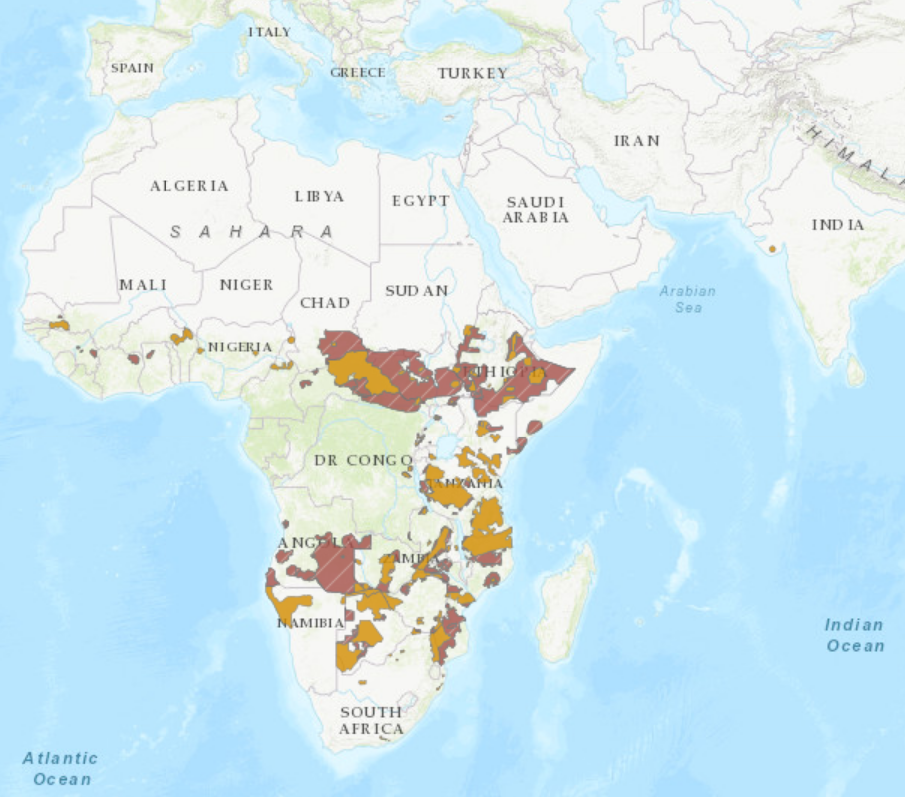
{GS3 – PDS – Schemes} Open Market Sale Scheme (OMSS)
- Context (TH): Centre discontinued the sale of grains through OMSS to States to control inflation and to ensure food grains for 80 crore beneficiaries under the National Food Security Act (NFSA), maintain a buffer stock, and have a marketable surplus.
- Several States that run an expanded PDS (over and above NFSA norms) depend on OMSS. Because of the centre’s decision, these states are negotiating with other states to procure more rice.
Open Market Sale Scheme (OMSS)
- Food Corporation of India (FCI) sells surplus stocks of wheat and rice under Open Market Sale Scheme (Domestic) at pre-determined prices through e-auction in the open market from time to time.
- OMSS aims to enhance the supply of food grains, especially wheat, during the lean season, thereby moderating the open market prices, especially in the deficit regions.
- FCI sells the food grain under OMSS only for consumption and to keep inflation under control.
Union government’s recent direction for OMSS
- Conduct the e-auctions of wheat and rice to check the inflationary trends.
- Restrict the supply of foodgrains through the OMSS (Domestic) to 100 tonnes per bidder.
- Exclude state governments from the purview of OMSS to maintain adequate stock levels in the central pool while controlling prices.
- Whoever purchases cannot export or give it to another State’s agencies.
{Prelims – Bio – Diseases} Leptospirosis
- Context (TH | TH): Leptospirosis has emerged as an important infectious disease in the world today.
- It is a potentially fatal zoonotic bacterial disease caused by a bacterium Leptospira interrogans.
- Host: It has a spectrum of reservoir hosts which includes rodents, wild and domestic animals.
- Misconception: It is called “ili jwara” in Kannada and “eli pani” in Malayalam, both meaning rat fever. It is named so because of the belief that rats are the sole cause of the disease, which is not true.
- Transmission: Direct or indirect contact with urine or reproductive fluids of infected animals.
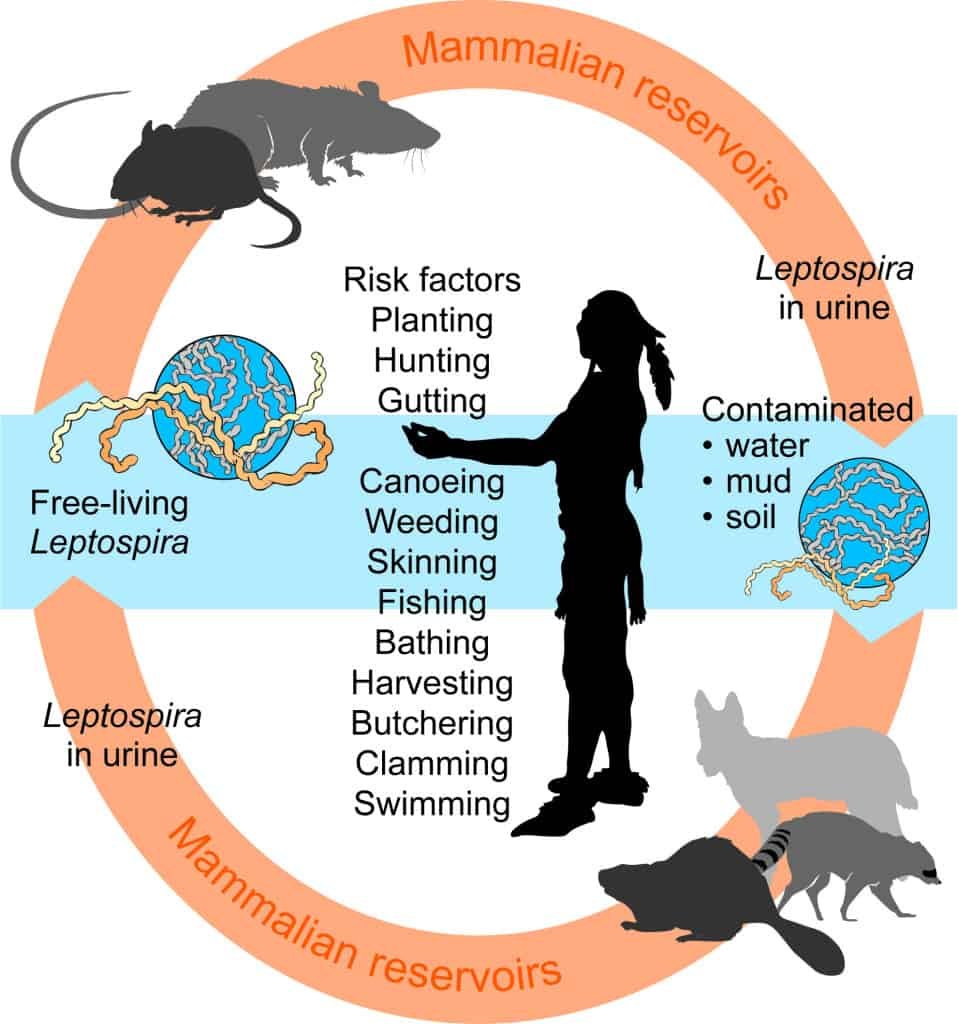
- Incubation period: 2 to 14 days.
- Symptoms: fever, diarrhea, jaundice, etc. Severe ones include coughing of blood and blood in urine.
- Severity: Ranges from a mild flu-like illness to being life-threatening.
- Effect on Animals: Reproductive failure, stillbirths, and weak offsprings, and even death.
- Risk Climatic Region: Warm and humid air helps the pathogen survive longer.
- Risk Season: Monsoon rains or flooding exposes the people to contaminated water.
- Treatment: Antibiotics and Plasmapheresis (or plasma exchange).
- Problems in Treatment: Misdiagnosis (its symptoms mimic those of dengue, malaria, and hepatitis).
- Way Forward: ‘One Health’ approach — an interdisciplinary approach that recognises the interconnections between the health of humans, animals, plants, and their shared environment.
Suggested Reading: One Health Joint Plan of Action (OH JPA) > PMF IAS S&T Current Affairs 10/2022
{Prelims – World PIN – Europe} Orkney willing to Join Norway
- Context (TG): Orkney due to its Nordic links and neglect by Edinburgh (Scotland), is exploring the alternative of joining Norway.
- Orkney is an archipelago located off the northeastern coast of mainland Scotland.
- It is situated in the North Atlantic Ocean and is separated from the mainland by the Pentland Firth (famous for its powerful tidal currents).

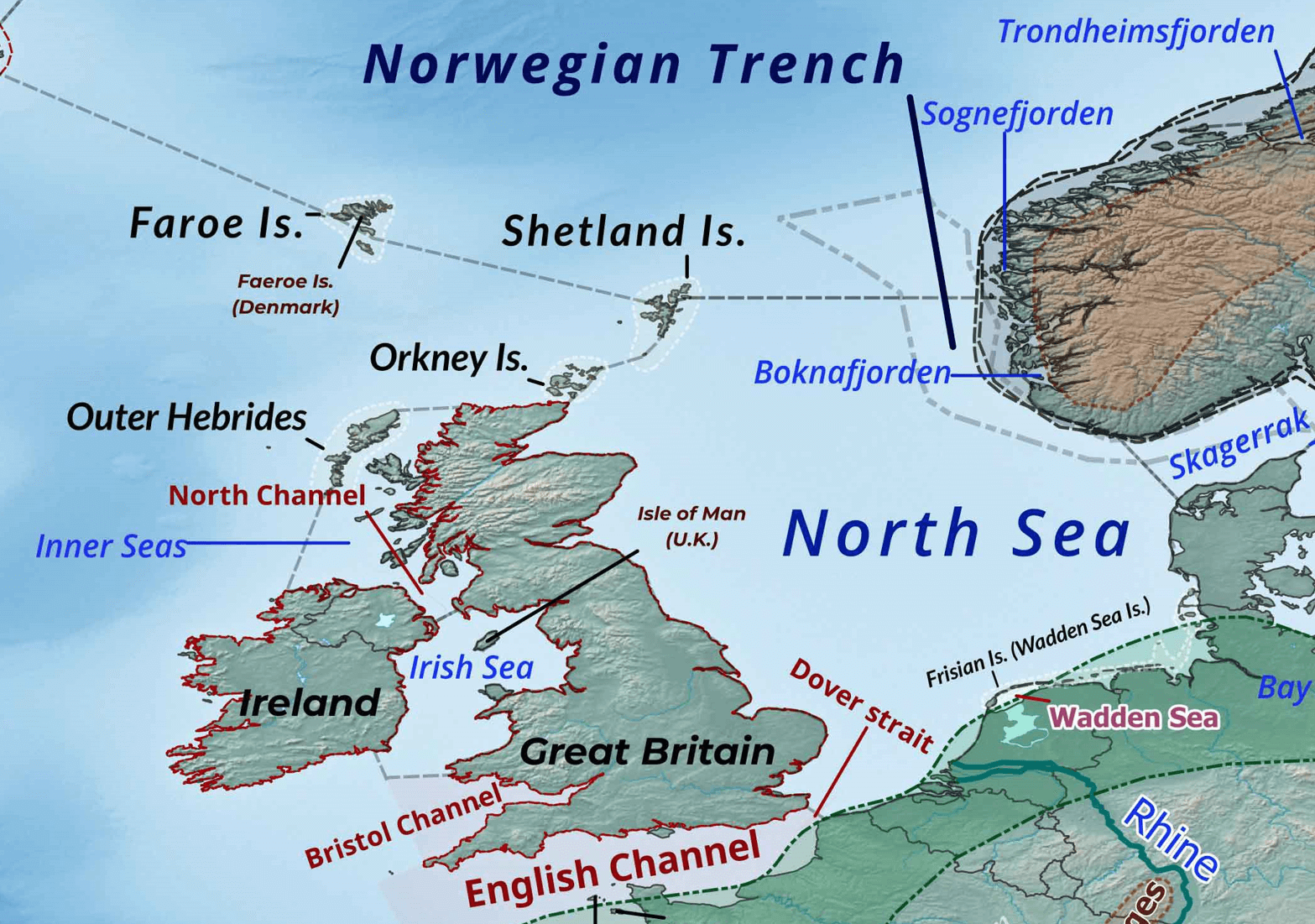

{Prelims – World PIN – Asia} Militant Attack at Israel
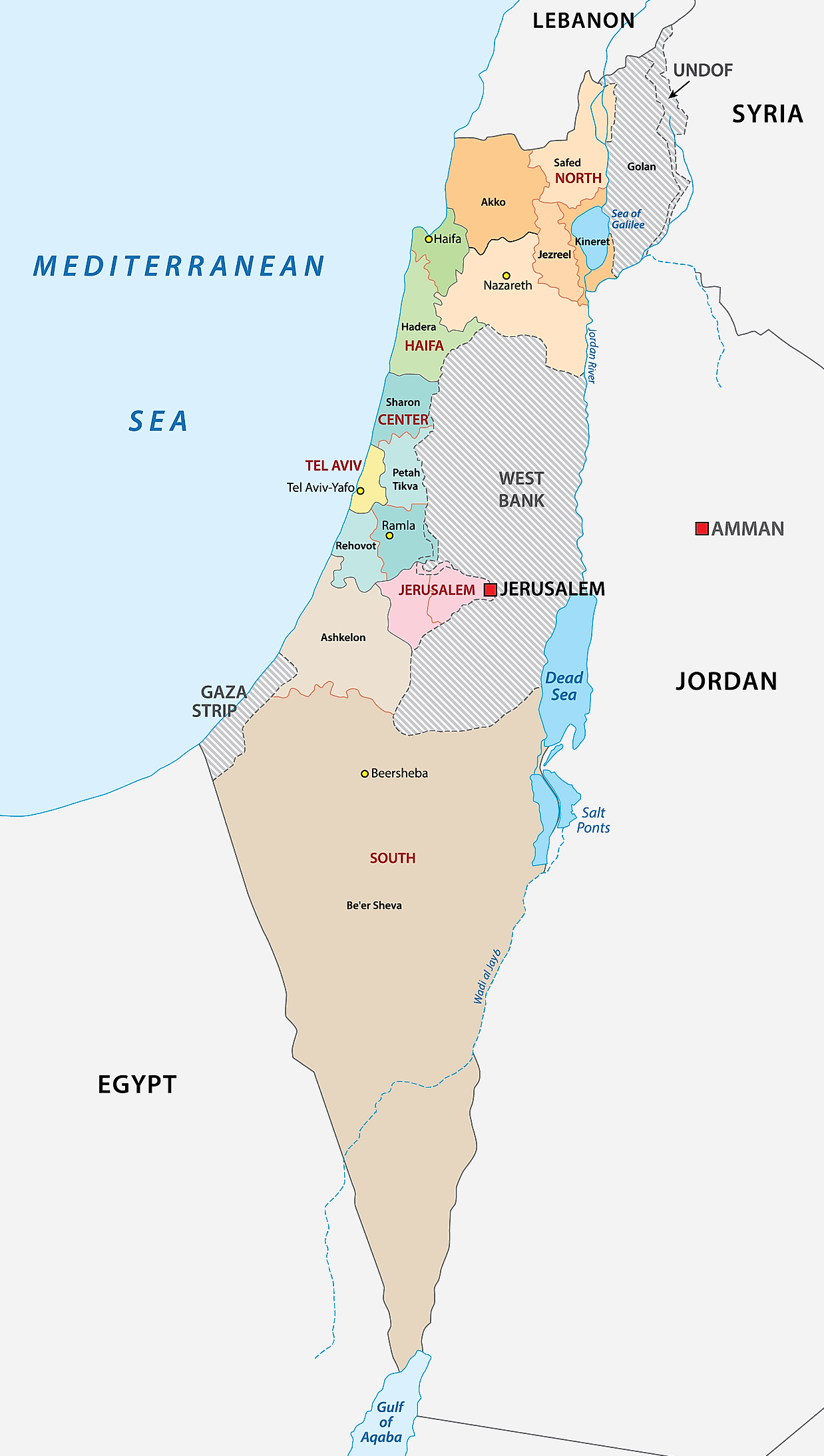
- Context (TG | TH): After a militant attack in Tel Aviv, Israel launched a military operation in Jenin.
Tel Aviv
- Tel Aviv, located on the Mediterranean coast, is the second-most populous city in Israel.
- The White City, a UNESCO World Heritage site, is in Tel Aviv.
Jenin
- Jenin is a city located in the northern part of the West Bank.
- It is under the administrative control of the Palestinian authority.





![PMF IAS Environment for UPSC 2022-23 [paperback] PMF IAS [Nov 30, 2021]…](https://pmfias.b-cdn.net/wp-content/uploads/2024/04/pmfiasenvironmentforupsc2022-23paperbackpmfiasnov302021.jpg)

